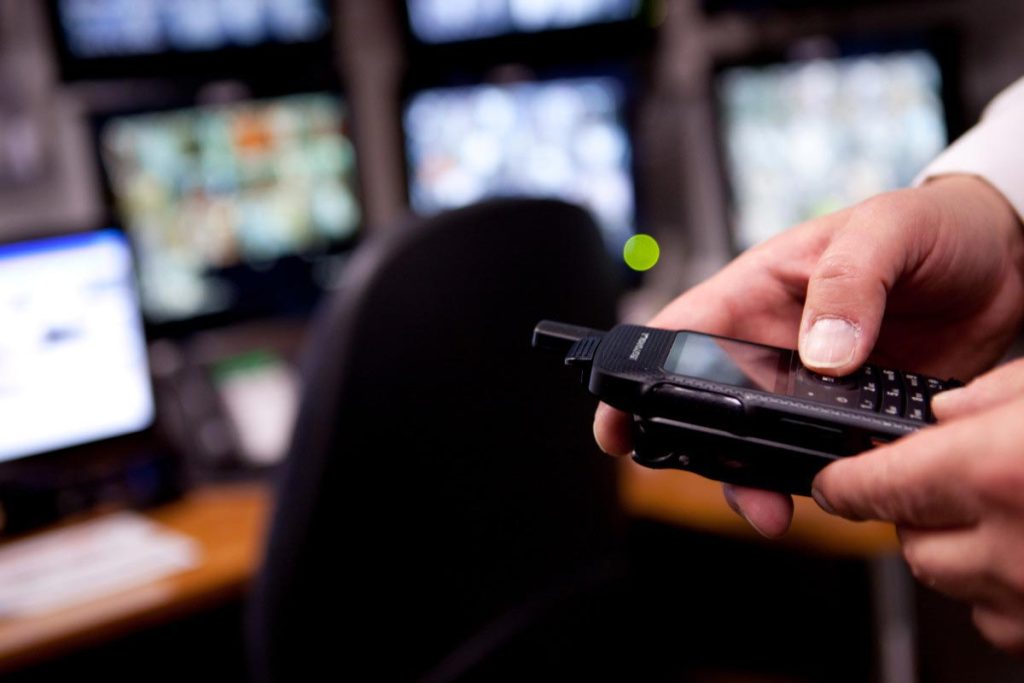For Example…
To gain the most use out of a walkie-talkie or two-way radio, it is important to understand how to communicate through them. Check out the walkie-talkie conversation samples below for both a good and a not-so-good example:
Not-So-Good:
Billy-Bob: “Hey, can anybody out there hear me? I can’t tell if this dang walkie-talkie is working or not. Hello… Anybody there? If you’re out there, say something…”
Billy-Bob: “Darn thing… Hello… Tommy-Jack, Can you hear me?”
Tommy-Jack: “Well, hey there, Billy-Bob! It’s Tommy-Jack! Yessiree! I can hear you just fine! MIGHTY FINE!!!
Good:
Billy-Bob: “B-B here. Radio Service Check, 1… 2… 3…”
Billy-Bob: “Radio Service Check, 1… 2… 3…”
Tommy-Jack: “T-J here. Read you 5 x 5”
Key Points Of Proper Two-Way Radio Etiquette
The walkie-talkie conversation samples above illustrate several critical points of proper two-way radio etiquette. These critical points of knowing how to talk on a two-way radio all revolve around three common aspects:
- Clarity
- Brevity
- Patience
Keep these three aspects in mind as we explore some of the critical points of two-way radio etiquette.
Keep It Clear
Control Your Volume
Be Brief
Use Proper Protocol
Be Patient
Know Your Radio
Knowing the features of your radio is key. For instance, the man-down alarm is a feature that, when enabled, will alert everyone if the radio is left on its side for a period of time.
Many radios come with an emergency button that will interrupt all transmissions with an emergency alert at the single (accidental) touch of the emergency button. Know the features of your radio.
Use Common Radio "Lingo" and Codes
Two-way radio communication has developed a kind of shorthand language, using a few words, phrases, and numbers that allow for quick and precise communication.
Basic two-way radio jargon, the 10-Code System, and the Phonetic Code are common to proper two-way radio etiquette.
Speak Confidently
A confident voice speaks at just the right volume. A confident voice does not mumble or slur words. A confident voice speaks a clear message with a consistent tone. A confident voice is a perfect voice to use for proper two-way radio etiquette.
Importance Of Proper Two-Way Radio Etiquette
Much of our non-verbal communication cues are taken away when communicating over two-way radios. For example, we do not see lip movements, facial expressions, hand motions, and more. This lack of non-verbal communication is why two-way radio communication training in two-way radio etiquette is so necessary. Practicing proper two-way radio protocol and etiquette can cut transmission times and eliminate failed communications.
The highest tier two-way radio in the hands of an untrained, unpracticed user is as valuable a tool as a department store walkie-talkie. So, please acquaint yourself with two-way radio protocol and proper etiquette and get out there and talk it up.

